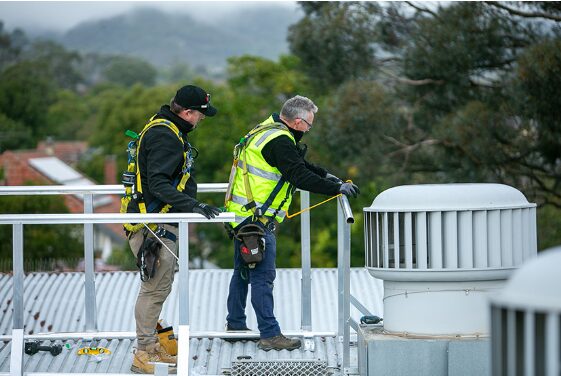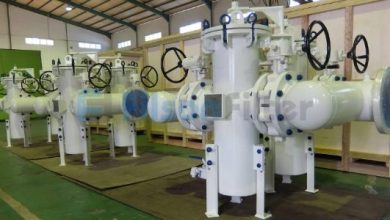
Working at heights is one of the most hazardous activities across industries such as construction, maintenance, and warehousing. A fall from even a few meters can result in serious injury or death, making safety systems not just a precaution but a necessity. Height safety systems are designed to protect workers by preventing falls, minimising risks, and ensuring compliance with workplace regulations. Understanding how these systems function and their importance is the first step toward building a safer work environment.
Why Height Safety Systems Matter
Falls from height remain one of the leading causes of workplace accidents globally. Many of these incidents are preventable with proper planning, equipment, and training. Height safety systems provide:
- Fall Prevention: Stopping workers from reaching dangerous edges.
- Fall Arrest: Reducing the severity of injuries if a fall occurs.
- Compliance: Meeting legal and regulatory requirements for workplace safety.
- Peace of Mind: Allowing workers to focus on tasks without fear of accidents.
Employers who invest in these systems not only protect their workforce but also improve productivity and reputation.
Types of Height Safety Systems
Different workplaces demand different solutions. The most common types include:
- Guardrail Systems: Fixed barriers installed around edges, rooftops, or platforms.
- Static Lines: Anchored cables that allow workers to move while remaining attached.
- Harness Systems: Personal fall arrest systems worn by workers for mobility and protection.
- Anchor Points: Secure locations where workers can attach lanyards or lifelines.
- Walkways and Platforms: Provide safe, stable routes in elevated areas.
- Ladder Systems: Equipped with cages or fall arrest devices to protect workers.
Each system has specific applications, and often, a combination provides the most comprehensive protection.
Key Features of Effective Systems
Not all height safety solutions are equally effective. A reliable system should be:
- Durable: Built from strong materials such as steel or aluminium.
- Certified: Compliant with local and international safety standards.
- Easy to Use: Designed for straightforward setup and operation.
- Low Maintenance: Resistant to weather, corrosion, and wear.
By ensuring these qualities, companies guarantee long-lasting and dependable protection for workers.
Training and Awareness
Even the best safety system is ineffective without proper training. Workers must understand how to use equipment correctly, perform safety checks, and respond in emergencies. Training programs should include:
- Correct use of harnesses, lanyards, and lifelines.
- Inspection routines for detecting damage or wear.
- Emergency procedures for rescuing a fallen worker.
- Awareness of site-specific hazards.
Ongoing refresher courses are essential to reinforce safe practices and adapt to new technologies.
Benefits Beyond Safety
While the primary goal of height safety systems is accident prevention, they offer additional advantages:
- Improved Efficiency: Workers can perform tasks more confidently and quickly.
- Reduced Costs: Preventing accidents lowers medical expenses and compensation claims.
- Legal Protection: Compliance protects employers from lawsuits or penalties.
- Employee Morale: Workers feel valued when their safety is prioritised.
These benefits make height safety systems an investment that pays off in multiple ways.
Common Mistakes to Avoid
Despite the availability of advanced systems, mistakes still occur. Common pitfalls include:
- Using uncertified or outdated equipment.
- Failing to conduct regular inspections.
- Ignoring training requirements.
- Improper installation of safety systems.
- Overlooking rescue plans in case of accidents.
Avoiding these mistakes ensures that systems function effectively and consistently.
Industry Applications
Height safety systems are essential in a wide range of sectors:
- Construction: Protecting workers on rooftops, scaffolds, and high-rise structures.
- Telecommunications: Ensuring safety when working on towers or antennae.
- Warehousing: Preventing falls in mezzanine levels or storage areas.
- Energy Sector: Protecting technicians working on wind turbines or power lines.
The widespread use of these systems demonstrates their importance across industries.
Final Thoughts
Height safety systems are more than regulatory requirements – they are lifesaving measures that protect workers every day. By combining robust equipment with proper training and ongoing maintenance, employers create environments where safety comes first.



